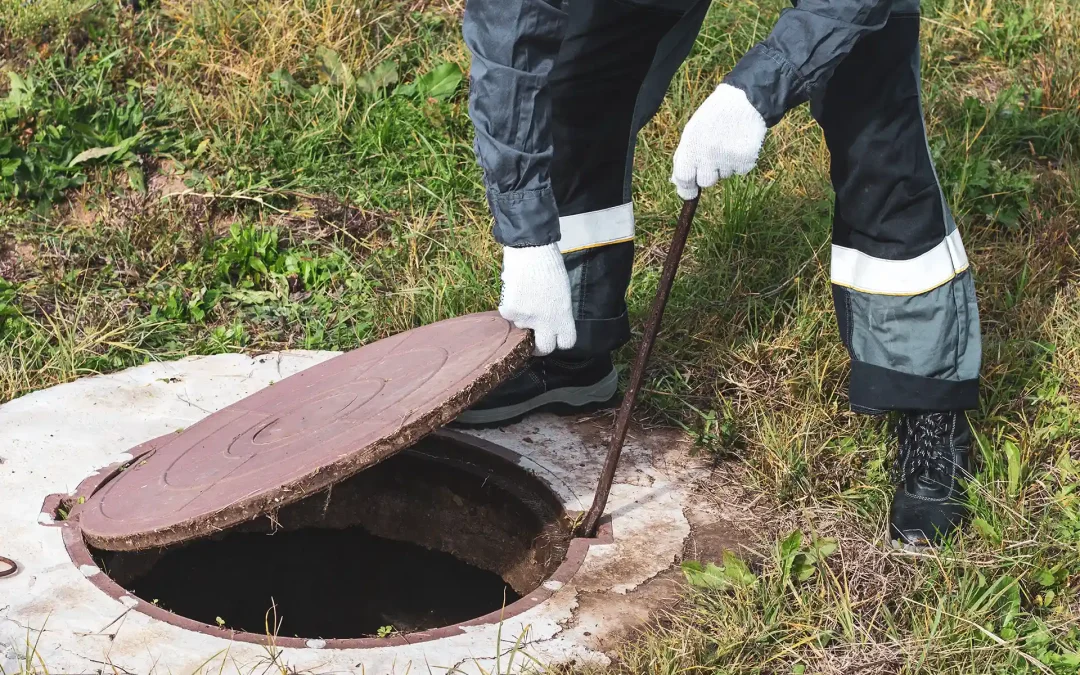Building an extension on a property can be an exciting and rewarding endeavor, offering the opportunity to create additional space and enhance the value of a home or commercial building. However, it is crucial to navigate the regulatory landscape and obtain the necessary permissions to ensure compliance with building standards and local laws. Unfortunately, there are cases where extensions are constructed over sewers without proper authorization, leading to a range of legal and practical consequences in the United Kingdom. In this article, we will delve deeper into the topic, exploring what happens when an extension is built over a sewer without permission, the steps involved in resolving such a situation, and best practices to avoid such issues in the first place.
Legal Consequences:
Building without the required permission is a violation of UK building regulations and planning laws, which are in place to protect the safety, health, and environment of individuals and communities. Constructing an extension over a sewer without permission constitutes a breach of these regulations, and it can result in severe legal repercussions. Local planning authorities play a crucial role in enforcing these regulations and are responsible for issuing notices to address unauthorised construction.
Investigation by Water and Sewerage Companies:
Water and sewerage companies are entrusted with the maintenance and management of the sewer network. When an extension obstructs access to a sewer or poses a potential risk to its functionality, the relevant water and sewerage company will initiate an investigation. The purpose of this investigation is to assess the impact on the sewer system and determine the necessary measures to ensure its accessibility and functionality for maintenance and repairs.
Remedial Action:
To rectify the situation, the property owner or developer must undertake remedial action in compliance with the notice issued by the local authority and the requirements of the water and sewerage company. The specific course of action will depend on the circumstances, but it generally involves modifying or removing the extension to provide unimpeded access to the sewer. This may require alterations to the building design, relocating the extension, or creating access points for maintenance purposes. It is important to note that the financial responsibility for these remedial actions typically falls on the party responsible for the unauthorized construction.
Enforcement and Penalties:
Non-compliance with the notice issued by the local authority can have serious consequences. The authority has the power to enforce compliance through various means, including legal proceedings, obtaining injunctions, or imposing additional fines. Continued non-compliance can lead to further legal action and potentially more severe penalties.
Best Practices to Avoid Issues:
To prevent the complications that arise from building over a sewer without permission, it is essential to adhere to the relevant regulations and obtain the necessary approvals before commencing any construction. Here are some best practices to follow:
1. Seek Professional Guidance:
Consult with professionals such as architects, engineers, or planning consultants who are well-versed in local building regulations and planning laws. They can provide valuable guidance and ensure your project complies with all requirements.
2. Conduct Thorough Research:
Before starting any construction, conduct thorough research to identify the presence and location of sewers on your property. Obtain sewer records or consult with the local water and sewerage company to understand the precise layout of the sewer network.
3. Engage with Local Planning Authorities:
Engage early with the local planning authority responsible for your area. Discuss your plans, seek guidance, and obtain the necessary planning permissions and building regulations approval before commencing any construction work.
4. Coordinate with Water and Sewerage Companies:
Communicate and collaborate with the relevant water and sewerage company to understand any specific requirements or restrictions related to the sewer system. Ensure your construction plans do not obstruct access or compromise the functionality of the sewer.
5. Regular Inspections:
During the construction process, conduct regular inspections to ensure that the project is progressing according to the approved plans and adhering to building regulations. Promptly address any deviations or unforeseen challenges that may arise.
6. Maintain Open Communication:
Throughout the construction process, maintain open communication with the local planning authority and the water and sewerage company. Keep them informed of the progress and address any concerns or queries promptly.
7. Educate Contractors and Workers:
If you engage contractors or workers for the construction project, ensure that they are aware of the importance of complying with building regulations and avoiding encroachments on sewers. Provide them with the necessary information and guidelines to follow.
Building an extension over a sewer without permission in the UK has significant legal and practical implications. Violating building regulations and planning laws can lead to notices from local planning authorities, investigations by water and sewerage companies, and the need for remedial action. It is crucial to navigate the regulatory landscape, obtain the necessary permissions, and follow best practices to avoid such issues. By doing so, property owners can ensure compliance, protect the integrity of the sewer network, and prevent unnecessary legal and financial consequences. Remember, professional guidance, thorough research, and open communication are key to successfully navigating the construction process while adhering to all relevant regulations.
Got Questions About Build Over Agreements? Get Expert Answers Today!
Fill out the form now to schedule a same-day callback with a local independant professional. They will address all your questions and provide the clarity you need.

